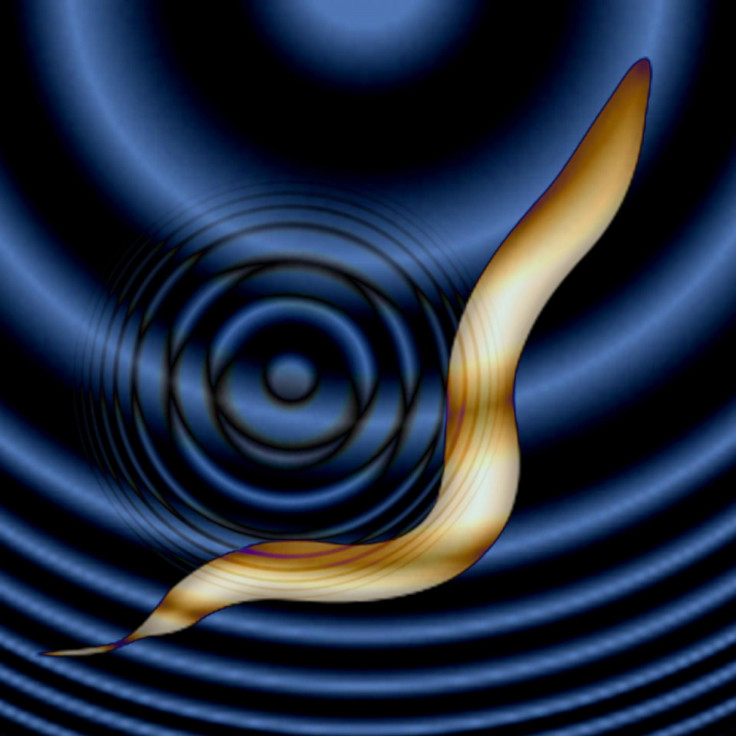Sonogenetics: Sound waves successfully used to control brain cells of worms

Sound waves have been used to control brain cells for the first time by scientists in California. Dubbed sonogenetics, the process involves simulating neurons with ultrasound through genetic modification and microbubbles.
The scientists say their method could allow for brain simulation in deep tissues in a manner that is less invasive than optogenetics, which uses light to simulate neurons. The team from the Salk Institute Molecular Neurobiology Laboratory said the technique has some similarities to optogenetics, where researchers add light-sensitive channel proteins to neurons they want to study. Using a focused laser, they can selectively open channels to the target neurons.
However, this is problematic because for cells deeper in the brain, a fibre optic cable has to be surgically implanted, and light is scattered by the brain and other tissues in the body.
With sonogenetics, the team was able to create the same activation effect using ultrasound. The technique uses the same type of waves used in sonograms to manipulate individual neurons using genetic modification and gas-filled microbubbles that amplify the ultrasound.
Their findings were published in the journal Nature Communications. Senior author Sreekanth Chalasani said: "In contrast to light, low-frequency ultrasound can travel through the body without any scattering. Light-based techniques are great for some uses and I think we're going to continue to see developments on that front. But this is a new, additional tool to manipulate neurons and other cells in the body."
The team carried out its experiment on worms. Microbubbles of gas outside the worm were used to amplify the low-intensity ultrasound waves. Stuart Ibsen, first author of the study, said: "The microbubbles grow and shrink in tune with the ultrasound pressure waves. These oscillations can then propagate non-invasively into the worm."
They then found a channel that could respond to these waves, showing they could open up the TRP-4 channels and activate the neurons that do not normally respond to ultrasound. "This could be a big advantage when you want to stimulate a region deep in the brain without affecting other regions," Ibsen said.
While the work has only been carried out on worms, the team say the technique could be used in any animal and they are now starting to test the approach in mice. "The real prize will be to see whether this could work in a mammalian brain," Chalasani said. "When we make the leap into therapies for humans, I think we have a better shot with non-invasive sonogenetics approaches than with optogenetics."
© Copyright IBTimes 2025. All rights reserved.























